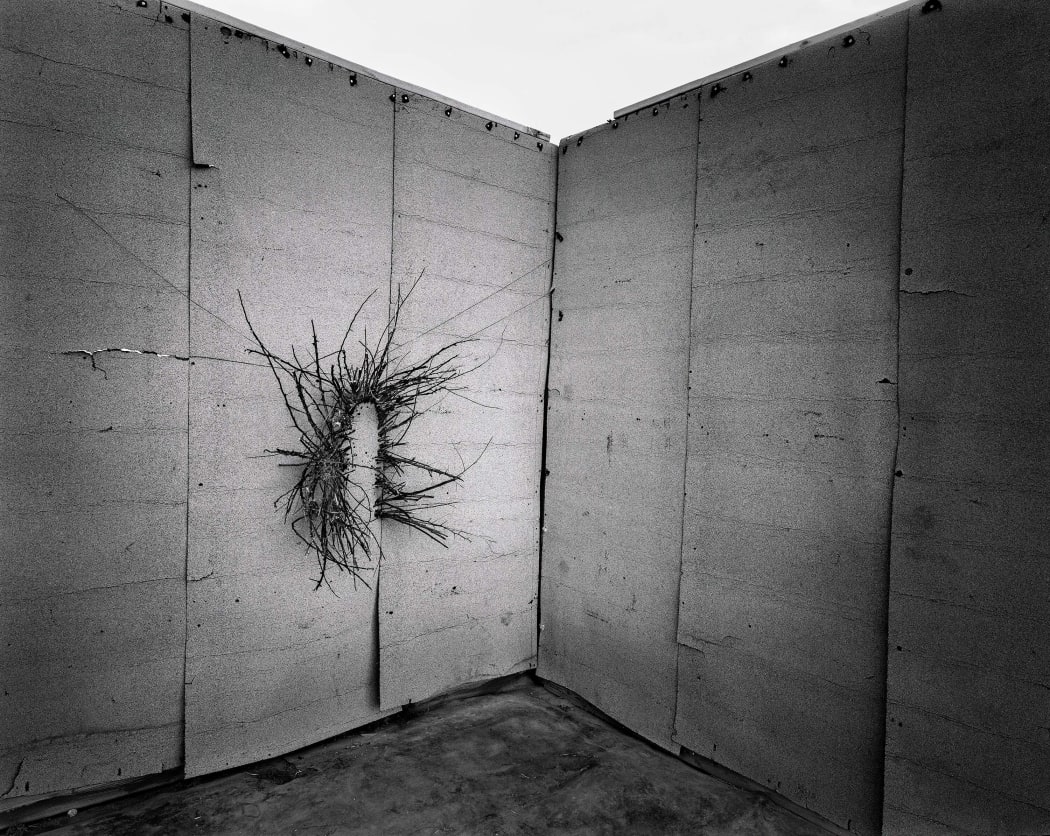
Andrés Mario de Varona is a first-generation Cuban-American artist who was born in Miami and now lives and works in Northern New Mexico. Since relocating to the high desert, Varona has been obsessed with life, imbuing his recent work with a palpable sense of resilience that lies beneath the raw, mysterious surface of the images he creates.
As part of Varona's participation in form & concept's latest group show Salt Pillars, the artist treated curious patrons to a discussion of selected works from his TRIALS series moderated by gallery director and curator Jordan Eddy. The following transcript is excerpted from that talk. The transcript is a dialogue between Varona, Jordan Eddy, and to a certain extent, TRIALS family member Marcia Reifman. The transcript has been edited for clarity and brevity.
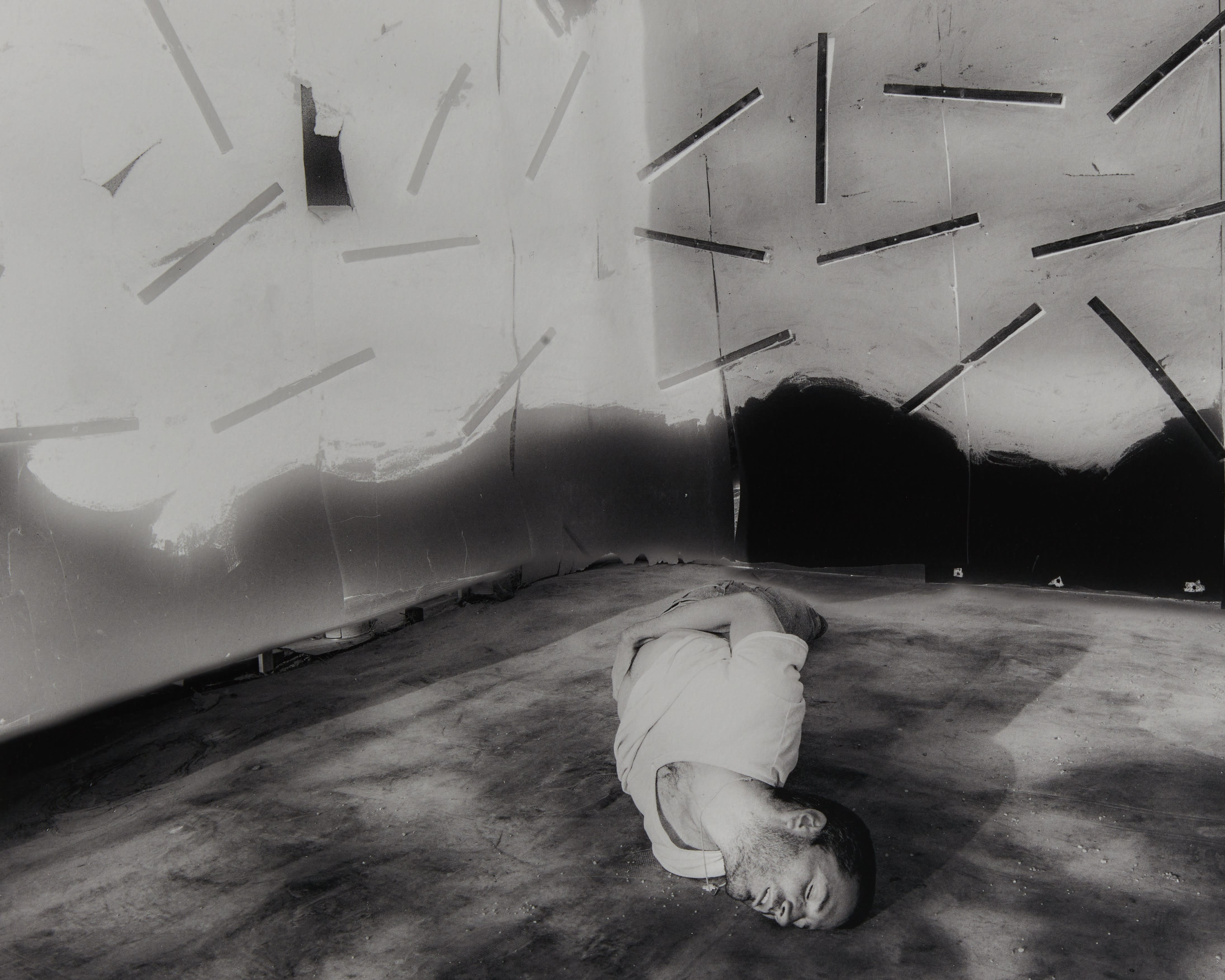
Inner Wall, Andrés Mario de Varona (Detail)
Jordan Eddy: Andrés, how did the TRIALS series first take shape? How did the structure you make your photographs in come about?
Andrés Mario de Varona: I guess I have to start at the beginning for it to make sense. So I was working on a body of work before this called Contact, which was about bringing my mother's presence back, literally, into the home after her passing through rituals and ceremonies that I would perform with my sisters. While working on that series, I was obsessed with death and what death was—I really felt myself mature after my mother’s passing. When I came to New Mexico, I became fond of the dirt, and I was still fixated with what death was...I wanted to use the dirt as a way to talk about life and death. But as I met more people in New Mexico, I found myself moving away from this idea. My obsession with death morphed into an obsession with life because of the genuine people I kept meeting in New Mexico and all the stories of their trials and tribulations. Life is full of conflict and the idea came to me that the absence of conflict is death. And that is where TRIALS began to take shape. The work is inspired by the conflicts of living people. I would say each photograph is a visual testimony of that particular person’s experience. The photographs stand as a collection, but also as standalone images.
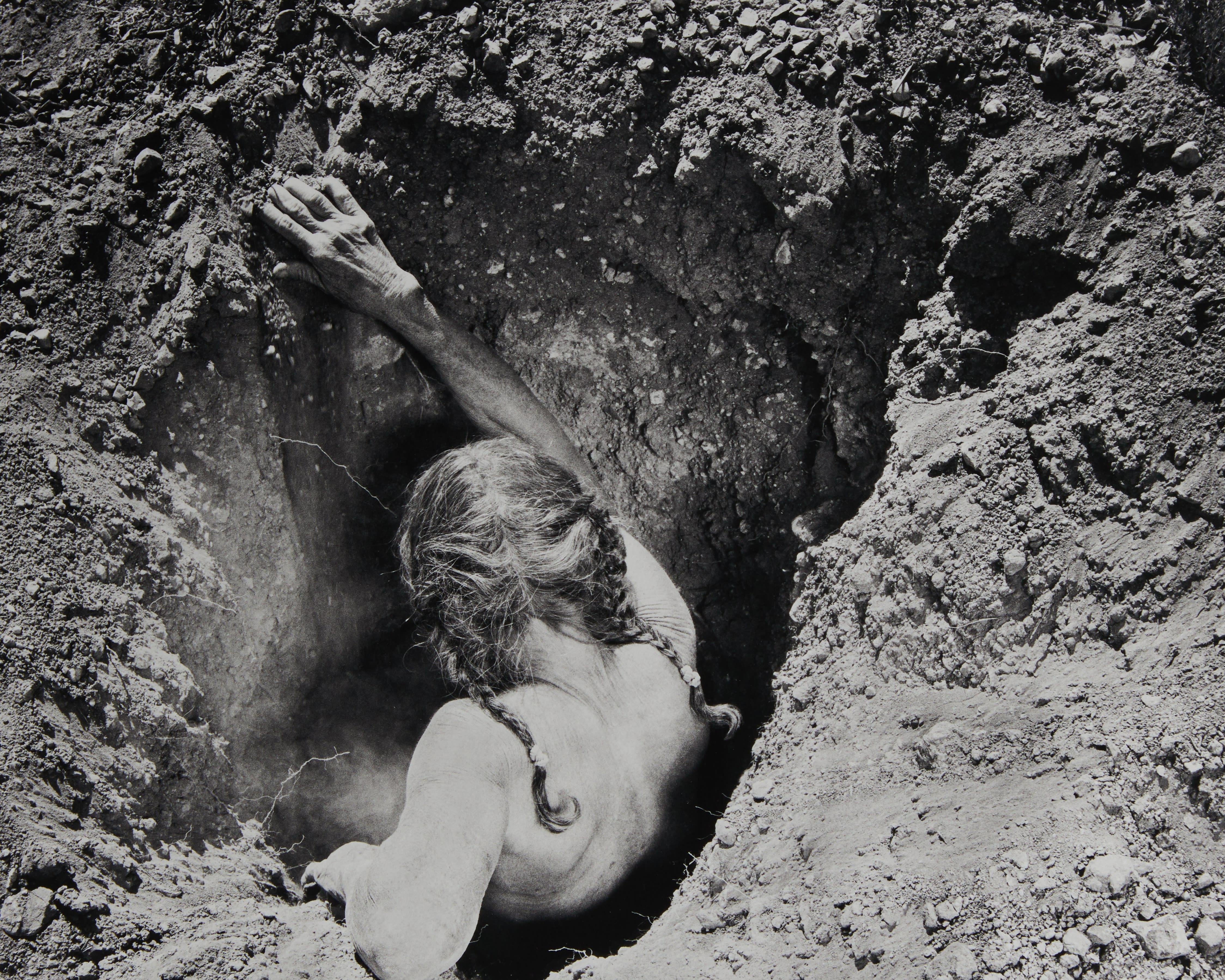
To See Myself Alive, Andrés Mario de Varona (Detail)
JE: You mentioned being obsessed with death, which sounds like it could be destructive, but then you talked about producing this body of work. It sounds like you were building this foundation of wisdom from which you could look back on past experiences and turn that reflection into a generative process. Does that resonate with you?
AMDV: It does, but I think more than anything, I was looking for closure after my mother’s death. When somebody you love dies, a part of you goes with them. And I was trying to recover that piece—The piece that went with my mother when she died. I started thinking, "How do I win against the reality of death?" In a sense, these photographs are victories.
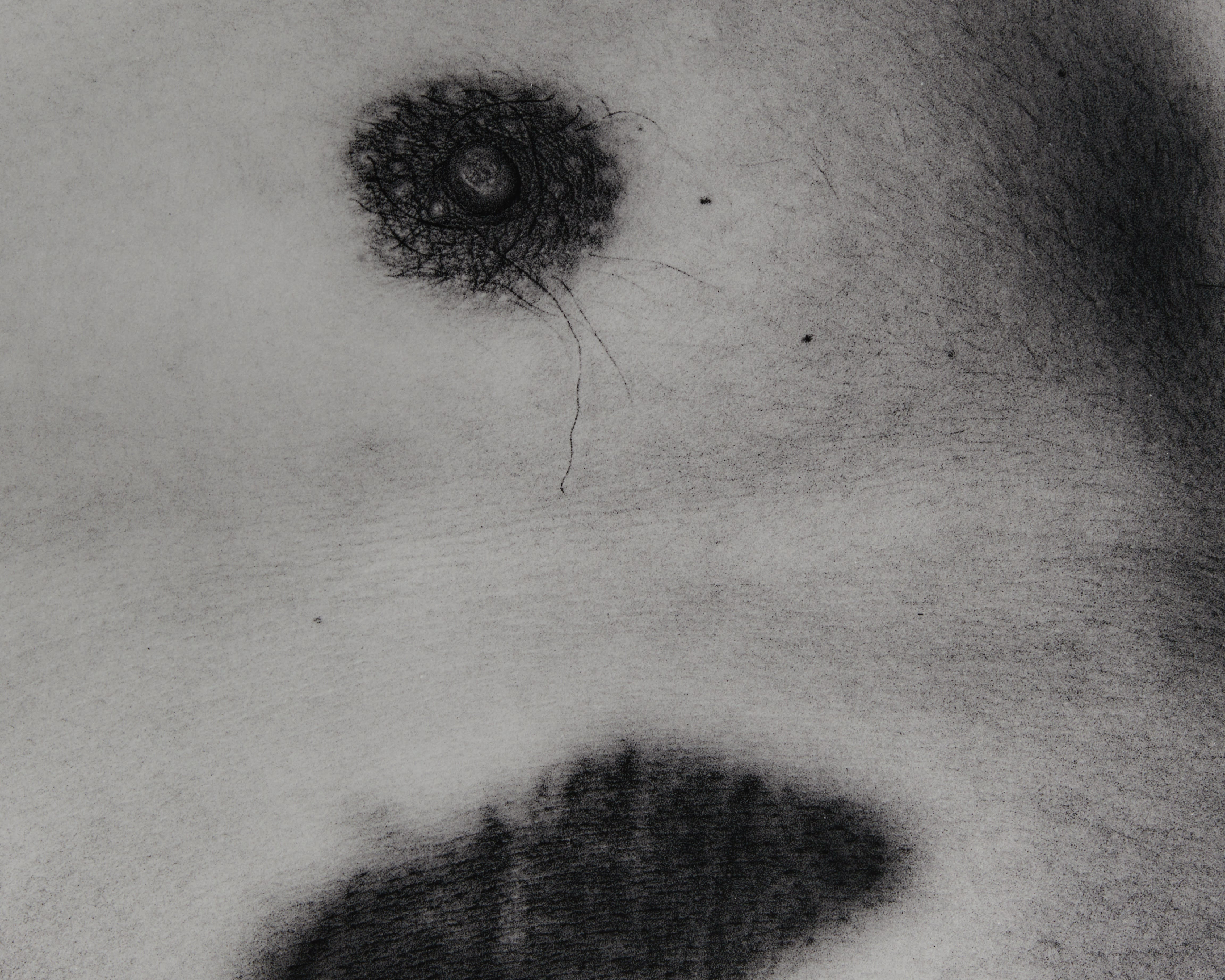
My Signature, Andrés Mario de Varona (Detail)
JE: Was the structure also a victory for you? How did the structure come about?
AMDV: The structure came about because I wanted to photograph in a blank space. I wanted to go to the space like you would a canvas, adding to it like you would a painting. So I started going to a racquetball court right here in Santa Fe on Yucca St. I was going there a lot at night with Marcia and friends and making photographs. We were, of course, also getting naked there.
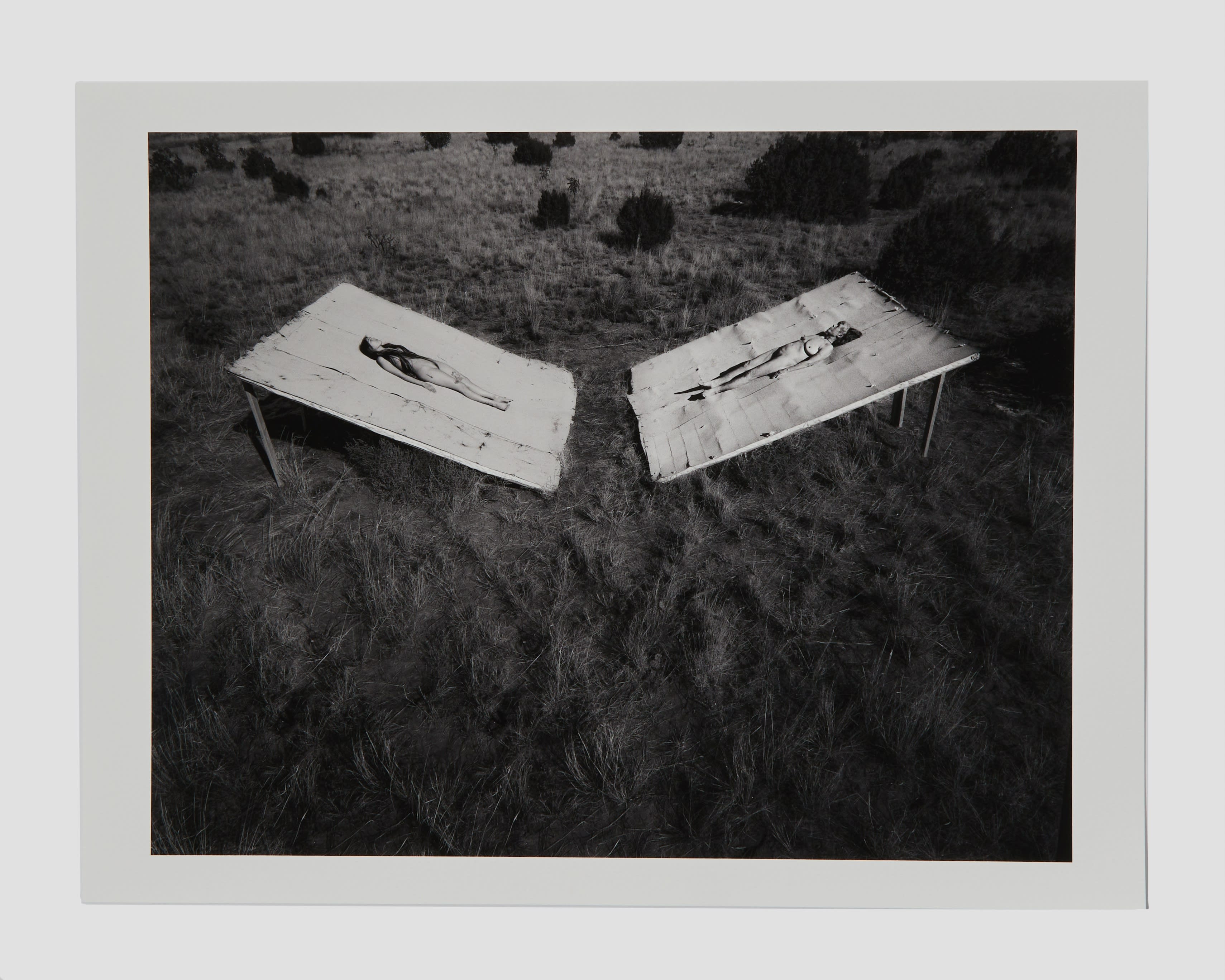
Osmosis, Andrés Mario de Varona
It wasn’t very smart to be doing that in a public space without permitting. And one night the police came, which quickly ended that. I started to wonder how I could build a space like what we had, something similar to the racquetball court, which is where Marcia stepped in and said, "Why not just make it in my front yard?" And I was like what do you mean? But we made it happen. So now we have this outside studio. It’s a lot like a lightbox. You can follow the sun in it. Once we built the structure, we started working, capturing visual testimonies of the conflicts of the people in the series. I would say the idea was to take the family members of TRIALS and streamline the narratives into a visual record of resilience.
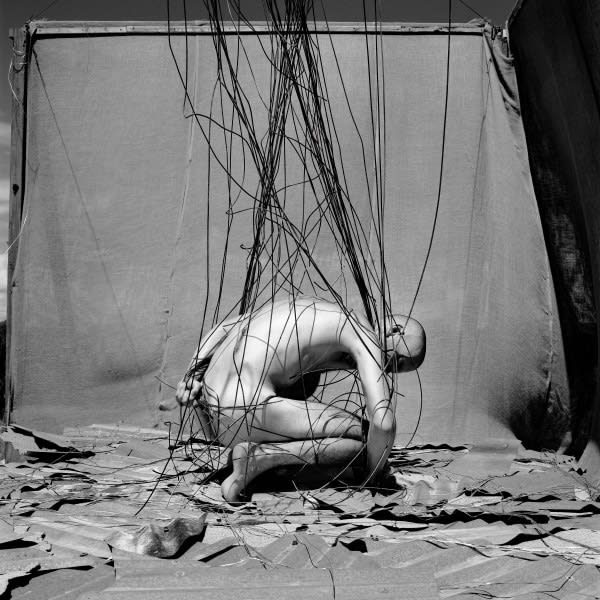
Envoy, Andrés Mario de Varona
JE: And that was a really interesting part of the curatorial process for this show—That question of how much should we weave the threads of these peoples’ stories together versus how separate should each of the stories be, which I think is embodied really well by Envoy, which shows yourself, Andrés, ensnared by these threads which could represent memory, loss, grief, and even growth—Are there any throughlines for who you decide to work with for this project?
AMDV: I don’t know. It’s just instinctual. When I met Marcia, we were sitting at a photo club meeting at a public library in El Dorado. I just happened to go after being invited. And the first moment I saw her I said to myself, “Wow, I want to photograph this woman.” Her voice is what struck me most. Earthy, androgynous—It’s kind of weird to talk about her when she’s standing right there—I was just attracted to her presence. Getting to know her, you know, she started telling me more about her cancer and how more than three-quarters of her tongue was removed. After that, I couldn’t think about death anymore.

Shelling, Andrés Mario de Varona (Detail)
JE: Do you have any other stories to share of family members you have photographed?
AMDV: Yes, Pillar’s Arm is of my friend Aaron Garcia. This was his arm when I first met him. He has bursitis. I photographed his elbow for three years. I would watch his elbow growing bigger and bigger. We would go to the hospital and try to figure things out, but nothing would ever get resolved.

Pillar's Arm, Andrés Mario de Varona
Aaron became a really, really good friend of mine. I met him at the Allsups by my house about 20 minutes south of here. Aaron was just another person, who, like Marcia, changed my life. He helped me understand myself so much better.
Aaron’s life was complicated. He’s from Kewa Pueblo and has a home, but he doesn’t want to live there. He wants to live outside in nature. When I would ask him about his experiences living outside, he would relate it to a retreat. He got to live the way he wanted to live. He couldn't go back to living in a normal society.
JE: Did Aaron ever share what his struggles were living outside?
AMDV: Mostly his health, like his bursitis. He intentionally removed all of his teeth to reduce the risk of infection or worry about cleaning them. It’s quite sad actually because Aaron was recently murdered under the bridge of 599 and we don’t know who committed the murder—It’s been really tough. But if you want to learn more about Aaron, I wrote a very personal essay about him and his life and it will be appearing in Southwest Contemporary soon, so if you’re interested in learning more about our relationship, please read through that.
JE: Marcia, feel free to accept or reject this invitation, but we just got into some of the intense struggles Aaron faced, and I wonder if you have any comments about that or your own participation in this project.
Marcia Reifman: What is so interesting to me is, and this is the second time Andrés and I have done something like this together, and so, it’s interesting to hear him talk and express his views on the project. My view on the project is similar, but it's interesting because hearing him talk to a different audience allows me to understand Andrés as an artist better.
JE: Right, right, you’re getting Andrés' filter on the work while also having been a part of it.
MR: I think what’s interesting is that, for me, this was kind of like coming alive again. I never thought I would do more work, but I am. And I know that working with Andrés has been a big part of that.
JE: That’s really powerful. I think that goes to show how powerful reflecting on our trials can be—It looks like we are out of time. Andrés, Marica, and everyone else who took the time out to come to this talk despite the weather, thank you. Please enjoy the rest of Andrés and Marcia's work in this show with these new insights in mind.
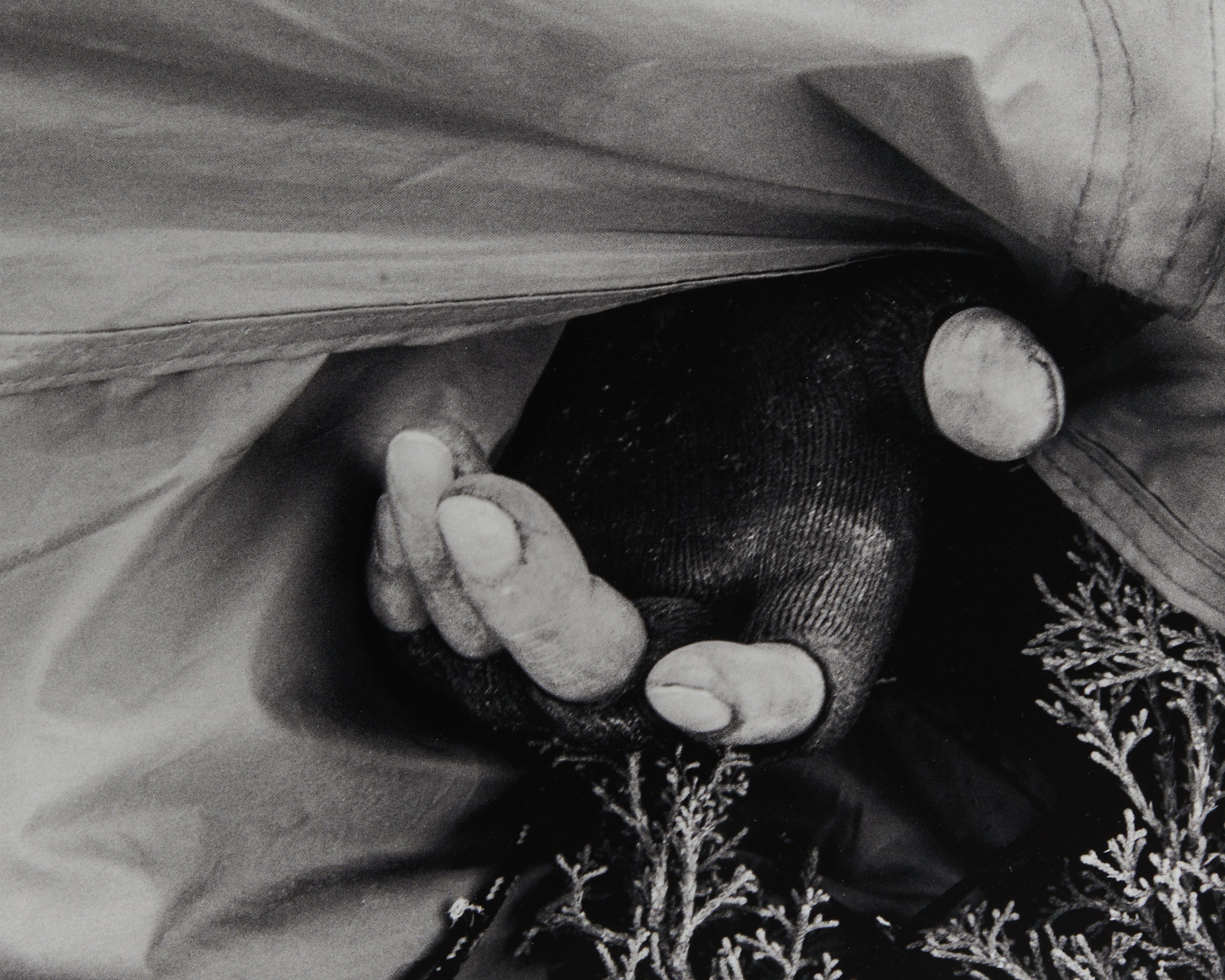
Hand of a Veteran, Andrés Mario de Varona
View selected artworks from Andrés Mario de Varona's TRIALS series, now on view in Salt Pillars.